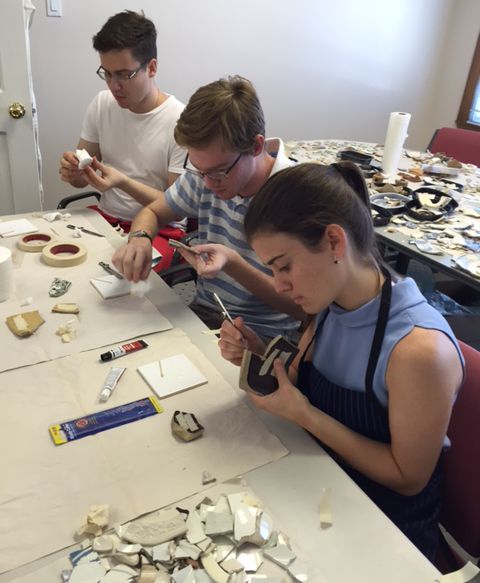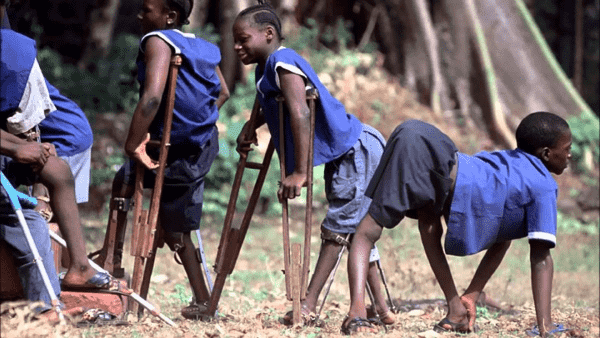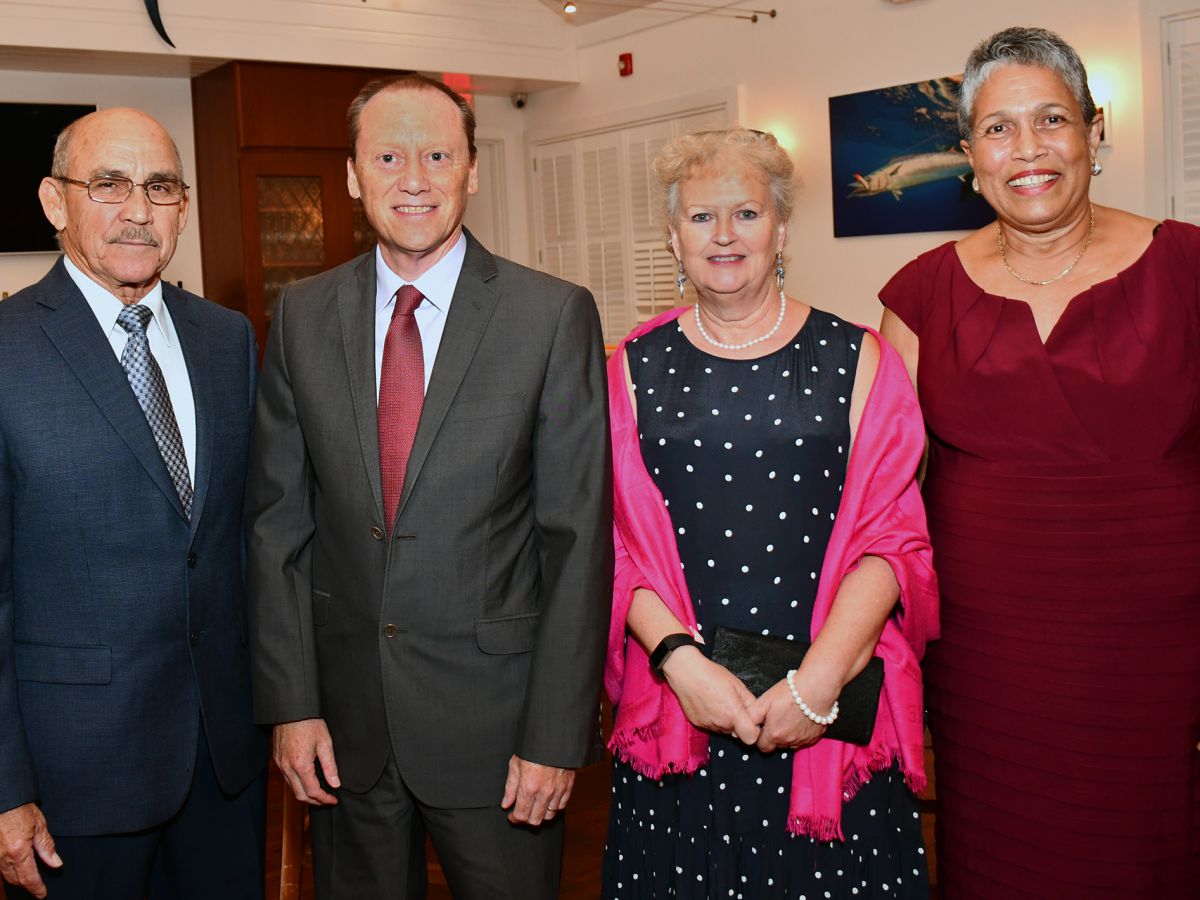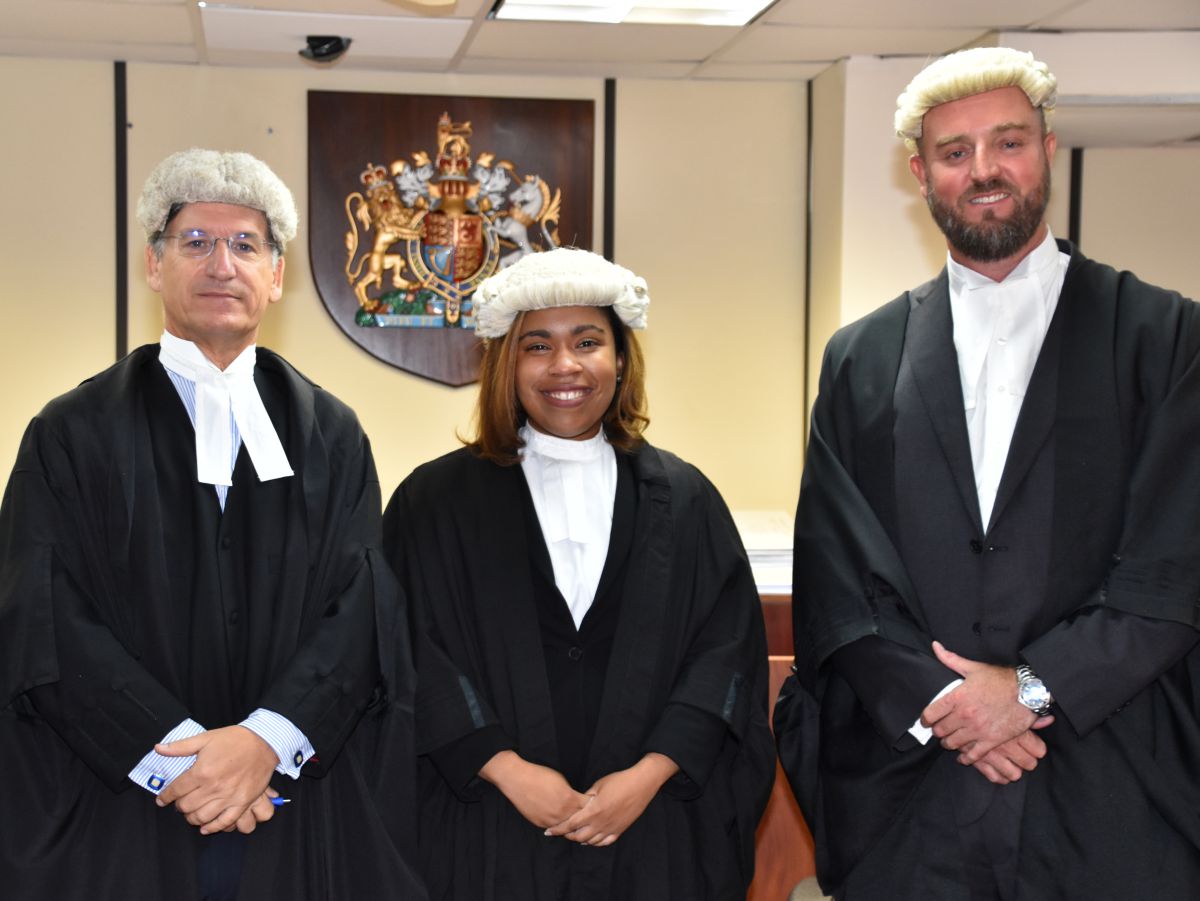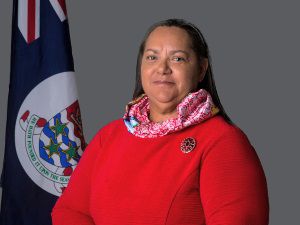(CINM): “There is considerable scope for a combination of objects with other media…but objects have to remain the stars of the cast.” This comment by Dr. Alma S Wittlin in her book, “Museums: In Search for a Usable Future”, explains what actually defines a museum.
While stories may be told, elaborate models built, and modern technologies used to convey information in new and exciting ways, what remains at the heart of every museum is the same thing: the objects, the artefacts, the relics of the past presented to the general public so that we as a collective society may understand our shared history.
The Cayman Islands National Museum is no exception to this, and through various archaeological projects, seeks to ensure survival of non-replaceable historical artefacts, which provide fresh items to display.
The museum’s latest venture is a successor to the 2003 excavation of the historic step-well found below the present Bayshore Mall on the waterfront by a team of museum staff and volunteers led by current museum director Dr. Peggy Leshikar-Denton.
Three keen young interns — Ronan Jennings, Oleksander Martiuk and Hilary Cockhill — are leading the charge, attempting to reassemble and restore the dozens of ceramic plates, bowls and cups found within the step-well over a decade ago, and which were generously donated by the developer.
These interns, who are all studying (or about to be studying) some aspect of history at a university level, have spent several weeks sorting through numerous boxes of ceramic shards and fragments, going through the painstaking process of scrubbing each individually with a toothbrush, and eventually looking closely for any pieces that may fit together.
By examining colours and patterns, as well as the differing glazes and methods of production, they have slowly reunited a vast number of parts, so that various items of tableware, broken since at least the late 1800s – when the well went into disuse and was filled with debris – have started to take form.
To help in their understanding of what it actually is that’s being reconstructed, the interns have been researching and reading up about the ceramics they’re dealing with. This can sometimes be a frustrating process, digging through a few different books just to look out for one particular design, but when successful, there’s huge satisfaction in being able to identify the items in front of them and pinpoint the date of their creation down to a single year.
Once the artefacts have been assembled as best they can, the interns must permanently fit them back together. Under the tutelage of museum contributor and local ceramic restoration professional, Sue Gibb, they have learnt the delicate art of repairing what was broken several hundred years ago.
By the time the project is complete, there should be an impressive selection of 17th, 18th, and 19th century ceramics available for the museum to preserve, catalogue and display.
Additionally, the interns have taken part in training to become museum tour guides, as well as assisting in research at the Cayman Islands National Archives for the museum’s 25th anniversary exhibitions.
This article was written by National Museum intern Ronan Jennings.

